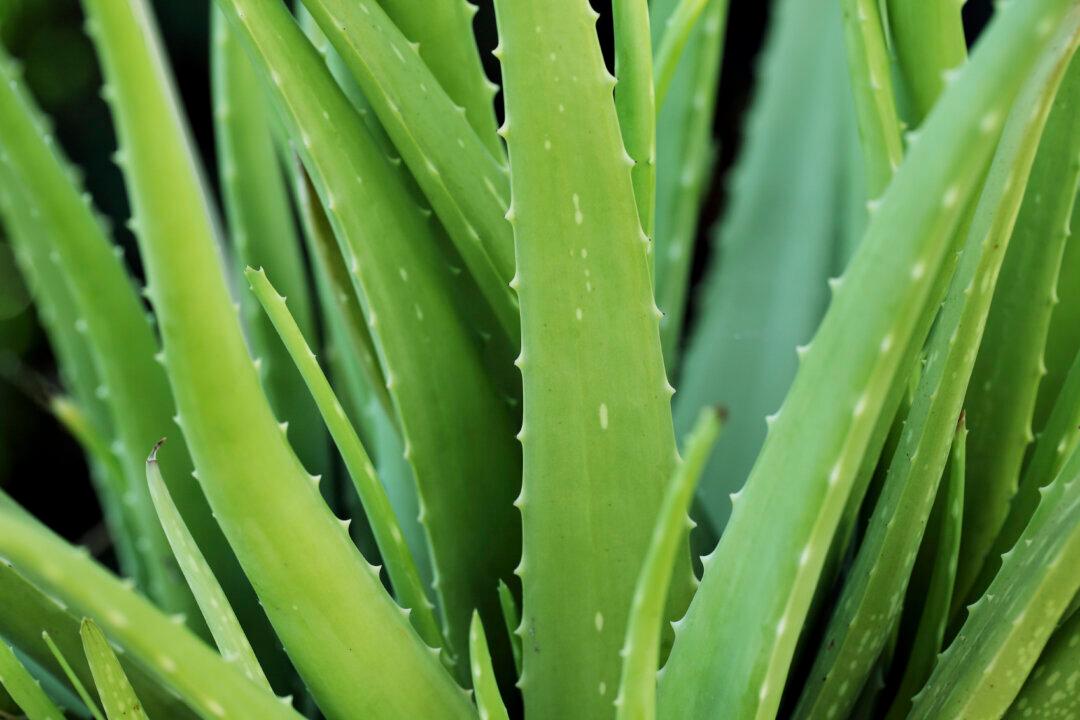Aloe is one of the most popular herbs in the world today. Not only is it a common houseplant, but the aloe products industry is worth about $13 billion worldwide.
Aloe has been popular for a long time—it’s mentioned in Mesopotamian clay tablets from 2200 BC, and it was considered “the plant of immortality” in ancient Egypt. But even with all the herbs that have since been discovered around the world, nothing compares to aloe.
Christopher Columbus thought so. He took substantial quantities of aloe on his voyages to the New World. In fact, aloe was one of his four favorite plants.
“Four vegetables are indispensable for the well being of man; Wheat, the grape, the olive, and aloe,” Columbus said. “The first nourishes him, the second raises his spirit, the third brings him harmony, the fourth cures him.”






